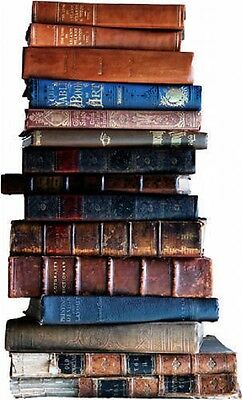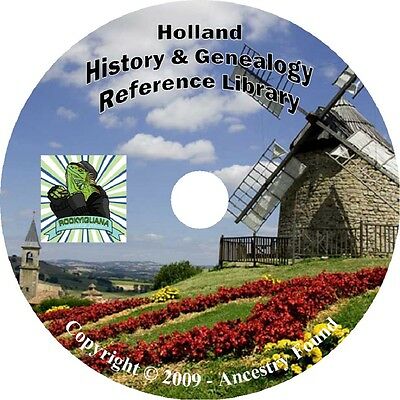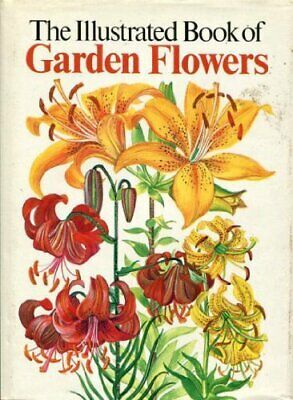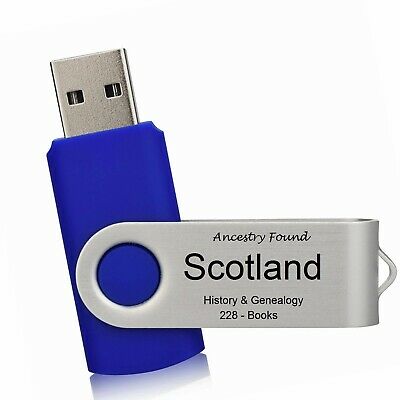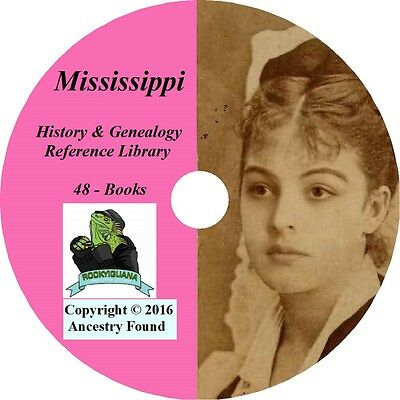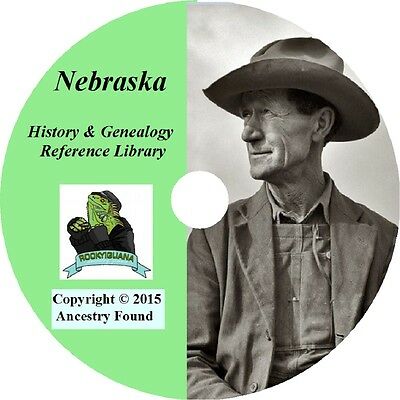-40%
1601 PLINY NATURAL HISTORY 1ST ENGLISH Science Medicine PLANTS ANIMALS Minerals
$ 660
- Description
- Size Guide
Description
[Early Printing - England - Elizabethan Era] [Latin Classics in English Translation] [Encyclopedias][History of Science - Ancient Rome] [Pre-Linnaean Natural History, Zoology and Botany] [Geography and Ethnography]
[Astronomy] [Medicine and Pharmacology] [Agriculture, Gardening and Viticulture] [Geology and Mineralogy] [History of Art]
London: printed by Adam Islip for George Bishop, 1601.
Complete in two volumes
(each with a separate title-page and separate pagination) bound together in one large folio.
FIRST EDITION IN ENGLISH. Translated from Latin by Philemon Holland: "A work of immense labour, and what few men of his time could have executed in a superior manner to Dr. Holland."
(Lowndes)
Offered here is an attractive, complete example of this important 1st Edition; ours is
the rare 2nd issue which differs from the 1st (of the same year) only by its impressive cancel title-page embellished with an elaborate architectural woodcut border of vines and tendrils winding around the columns. This spectacular border (McKerrow & Ferguson 148) was used in several distinguished books of Elizabethan era
(such as the 1586 Holinshed's Chronicle and the 1598 Chaucer). The border is dated '1574' (bottom center) and signed with the artist's monogram 'NH' (top center),
purportedly by Nicholas Hilliard (1547-1619), the famous Elizabethan portrait-painter and miniaturist
, as well as the cutter's monogram 'CT'.
Holland's important English translation of PLINY'S CLASSIC ENCYCLOPEDIA OF ANCIENT SCIENTIFIC KNOWLEDGE, printed in 1601 in two Folio volumes, was dedicated to Sir Robert Cecil, then the Queen Elizabeth's Principal Secretary. This was, arguably, THE MOST POPULAR AND INFLUENTIAL OF HOLLAND'S TRANSLATIONS.
The unrestored, unsophisticated, complete example of the 1601 Pliny offered here is preserved in a circa 1700 English calf binding and bears many charming and curious marginal notes (in English and Latin) written by (at least two) 17th-century English readers (most in a very elegant, calligraphic hand), offering a valuable insight into the early English readers' perspective on the subject matter of Pliny's
Natural History
.
"This encyclopedia of ancient knowledge about the natural world had already had a great indirect influence in England, as elsewhere in Europe, but had not been translated into English before, and would not be again for 250 years. Indeed, after four centuries, Holland is still the only translator of this work to attempt to evoke its literary richness and beauty."
(ODNB)
"Philemon Holland (1552 - 1637) was the most prolific translator of classical literature of the English Renaissance
[...] He became a model of learning for his countrymen, and literary legends flourished around him before and after his death. [...] And after his death Thomas Fuller dubbed him 'translator general in his age', thus fixing for posterity the popularity he enjoyed among his contemporaries." (M. Morini,
Tudor Translation in Theory and Practice
, p.89-90)
"Philemon Holland's 1601 English translation of Pliny
The Historie of the World
found wide readership. [...] Holland is credited not only with making classical authors available to most literate English audiences but with spurring on the Elizabethan Renaissance.
Holland translated into English works by Livy, Plutarch, Suetonius and Xenophon among others, in addition to Pliny. These editions functioned, as one biographer has it, as 'breviaries to many generations, and they have descended to us rich treasuries of sound English and wise interpretation.' Holland's Historie of the World claimed distinction as ‘the most popular of his works.'
The influence of Holland's translation of Pliny on Elizabethan and later English literature manifests itself in works by authors including Shakespeare, John Donne, Andrew Marvell, Joseph Addison, William Wordsworth, George Gordon Byron, Percy Bysshe Shelley and John Keats.
" (Elizabeth Mansfield,
Too Beautiful to Picture: Zeuxis, Myth, And Mimesis
, p.50)
Gaius Plinius Secundus (AD 23 - AD 79), better known as Pliny the Elder
, was a Roman author, naturalist, and natural philosopher, as well as naval and army commander of the early Roman Empire, and personal friend of the emperor Vespasian. Even up to his death Pliny followed his natural curiosity, preferring to stay and observe the eruption of Vesuvius rather than flee its flames and sulphurous vapors.
His monumental encyclopedia, Naturalis Historia ("Natural History"), published circa AD 77–79, is one of the largest single works to have survived from the Roman Empire to the modern day and purports to cover the entire body of ancient knowledge.
Pliny's vast compilation (first printed in appeared in Venice in 1469) presents
"a strange combination of insight, erudition, and folktales"
(Stillwell,
Science
, p.684). It is the only extant work out of over 100 works said to have been composed by him. This monumental work is
divided into 37 books covering cosmology, geography, anthropology, medicine, zoology, philosophy, history, agriculture, mineralogy and the arts. By his own account Pliny's sources numbered over 2,000, all of whom he scrupulously cited, from which he derived some 20,000 facts. At his death the work was still unfinished. With its extensive tables and indexes, the Historia naturalis fulfilled its author's ambition to create a universal reference book, and continued to be the object of study (and excessive reverence) well into the Renaissance. Books 12-27 relate to botany medicine and pharmacology, and include large portions of the writings of two of the ancient herbalists, Diocles and Crataeus, which would otherwise not have survived.
"The 'Natural History' of Pliny is more than a natural history: it is an encyclopedia of all the knowledge of the ancient world
[...] The
Historia
soon became a standard book of reference: abstracts and abridgments appeared by the third century. Bede owned a copy, Alcuin sent the early books to Charlemagne, and Dicuil, the Irish geographer, quotes him in the ninth century. It was the basis of Isidore's Etymologiae and such medieval encyclopedias as the Speculum Majus of Vincent of Beauvais and the Catholicon of Balbus. " (Printing and the Mind of Man)
Pliny's
Natural History
is "full of erudition as varied as nature itself. It treats of the stars, the heavens, wind, rain, hail minerals, trees, flowers, and plants, besides an account of all living animals, birds, fishes and beasts; a geographical description of every place on the globe, and a history of every art and science, of commerce and navigation, with their rise, progress, and improvements.
He is happy in his descriptions as a naturalist; he writes with force and energy, and though many of his ideas and conjectures are sometimes well-founded, yet he possesses that fecundity of imagination, and vivacity of expression, which are requisite [...] to render a history of nature pleasing, interesting, and, above all, instructive." (Lempriere,
A Classical Dictionary
, p.76).
While it certainly emphasizes subjects pertaining to the physical world, the
Naturalis Historia
also includes discussions of literature and arts. Its description of techniques such as chasing in silver and description of sculpture and painting make it an important source for the history of ancient art. The sections on the history of painting and sculpture provide the earliest known art history, and the rich illustrations of Roman life
reveal Pliny to have been a vigorous critic of contemporary society as well as an enthusiastic admirer of nature.
The contents of all the 37 books of Pliny's
Natural History
are as follows:
I: Preface and tables of contents, lists of authorities;
II: mathematical and physical description of the world, Astronomy and meteorology;
III-VI: geography and ethnography;
VII: anthropology and human physiology;
VIII-XI: zoology: land animals, marine animals and fish, birds, insects, etc.;
XII-XXVII: botany, including agriculture, farming, gardening and horticulture (with much material on wine & viticulture);
XXVIII-XXXII: medicine, pharmacology, medicinal use of plants & animals (including CHAPTERS ON THE OCCULT ARTS AN MAGIC in Book XXX);
XXXIII-XXXVII: mineralogy, metals, gemstones, glass, etc. (emphasizing applications in arts and crafts, including chasing in silver, statuary in bronze, painting and making paints and pigments, sculpture in marble etc.).
Bibliographical references:
STC 20029.5; ESTC S94749; Pforzheimer 496; Lowndes p.1885; Schweiger II, p.795.
Physical description:
Two volumes bound in one, Folio; textblocks measure 32 cm x 21 1/2 cm. Bound in late 17th- or early 18th-century ‘Cambridge-style' calf (blind-tooled and paneled in different shades of brown); spine neatly rebacked in 20th century with raised bands and an attractive (earlier) gilt-lettered label red morocco label. All edges rouged.
Pagination: Vol. I. [58], 614, [42]; Vol. II. [12], 632, [84].
Signatures: Vol. I. π
6
¶
4
a-b
6
A
8
B-Iii
6
Kkk
4
[-π
1
blank]; Vol. II. A-Ggg
6
Hhh
4
Iii-Ooo
6
Ppp
8
[-Ppp
7
errata
, Ppp
8
blank].
Collated and COMPLETE
(bound, as often, without the blanks at front and rear and the errata leaf at end Ppp
7
).
Main title-page π
2
r (
cancellans
)
printed within an elaborate architectural woodcut border (McKerrow & Ferguson 148); the second volume has a separate dated title page (2A
1
r), with Islip's woodcut device (McKerrow 330)
.
Printed mostly in Roman type, in single column, with printed marginal notes; a few words printed in Greek type.
Numerous woodcut head- and tail-pieces and initials.
Preliminaries to Vol.I include Dedication to Sir Robert Cecil, 1st Earl of Salisbury (leaf π
3
r), followed by Holland's 'Preface to the Reader' (leaves π
3
v-π
6
r) and Errata (π
6
v). Extensive indexes at the end of both volumes.
Preliminaries to Vol.II include another 'Preface to the Reader' (2A
2
r,v) and 'A briefe Catalogue of the words of Art with the explanation thereof' (2A
3
r-2A
6
v).
Provenance:
With a 17th-century ownership signature of John Booker to title-page, most likely having belonged to John Booker (1603 - 1667), a noted English astrologer,
who in the 1640s was appointed licenser of mathematical publications, and thus, in effect, a censor of astrological works, for the Stationers' Company. Booker was born at Manchester, was apprenticed to a haberdasher in London, taught writing at Hadley School in Middlesex, and clerk to two city magistrates. The first number of his almanac, the
Telescopium Uranium
, was published in 1631. He obtained a reputation from a prediction of the deaths of Gustavus Adolphus and Frederick V, Elector Palatine, based on a solar eclipse. William Lilly thought highly of him, although they quarreled over Booker's actions as licenser. Booker also engaged in violent controversy with Sir George Wharton. In 1648 Booker and Lilly were required to come to the siege of Colchester to encourage the Parliamentarian troops with predictions. At the Restoration he petitioned for leave to continue the publication of his almanac. Upon his death, Elias Ashmole bought his books and papers. Booker wrote
Bloody Irish Almanack
contains historical material on the Irish rebellion, as well as
Tractatus Paschalis, or a Discourse concerning the Holy Feast of Easter
(1664).
Condition:
Very Good antiquarian condition. Neatly rebacked preserving an attractive earlier morocco title label 9 endpapers renewed, but not recent); boards with some rubbing, a few scuffs; edges worn and corners bumped with some inconspicuous repairs to fore-edges of boards, Internally with occasional minor marginal worming to some leaves (no loss of text); a few small rust-spots and a couple of small pipe-flaws (without loss). Some light marginal age-toning to paper, light (mostly marginal) water-staining to the preliminaries. First title-page with a few marginal repairs and neatly backed (on blank verso) with old paper. Next three preliminary leaves and a few final leaves of Index with some marginal repairs: the two final index leaves torn with loss of a few words (final leaf partially laid down on blank part of verso. In all, a wide-margined, clean, solid and well-preserved example of this rare and important First English Edition.
Please right-click on thumbnails below and choose "open image in a new window" option to see larger images.












